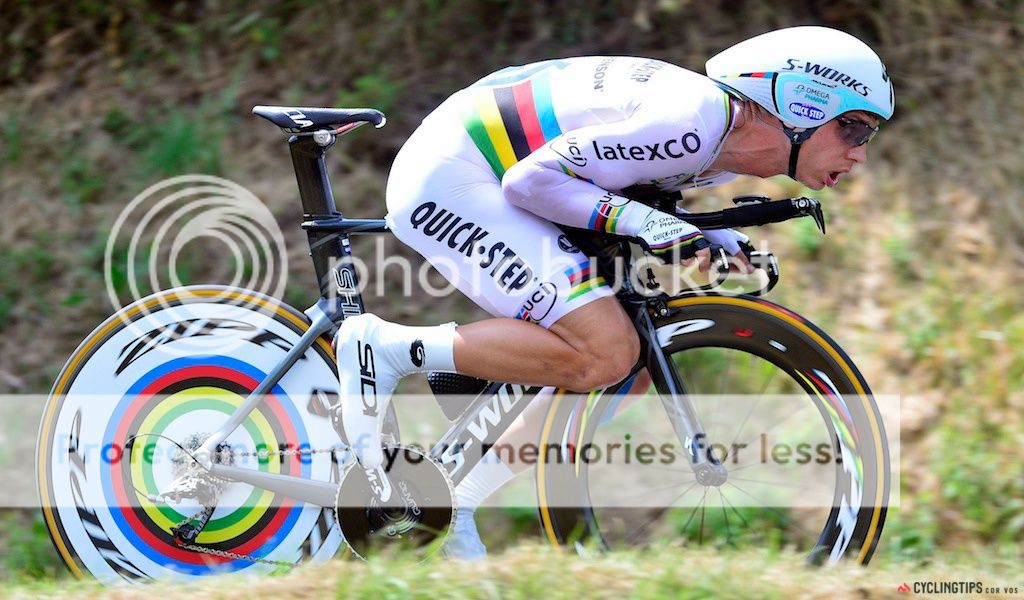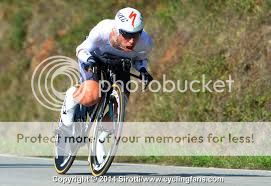Nicko. said:
Ok, listen up all non-engineer-types:
before you think/say/decide "motor" when you see a wheel spin up in a CX race, you need to decide whether this 'motor' sits in the hub or the crank.
I'm leaving the rim-based wheels out out of this one (for obvious, physical reasons).
Crank motor:
high power (>200W) AND high wheel torque/traction force is possible, depending on gearing
rear wheel can spin/slip even when loaded
cranks MUST rotate in synchronicity with the rear wheel
Hub motor:
with the hub diameter limited to ~40mm, power is limited (<50W?) by the size constraints and the necessity of a gear box, axle and electrical stuff.
But the wheel torque/traction force is VERY limited since the peak RPM of the motor must be geared for peak wheel speed (50kph?).
That means that during acceleration after the turn at 15kph there might, maybe, be 20W available, or ~0.5 kgf of traction force.
Rear wheel CAN be driven without cranks moving
Rear wheel will NEVER spin/slip when loaded, only when lifted off the ground
If you want to call "MOTOR!", decide which motor type and check with the properties above before you go public.
Carry on.
Risk, reward and detection
Crank motor:
- with a crank motor you can
power away from competitors, uphill or to create a gap
- the outcome can be observed by 'bone idle wankers'
- the motor is ~impossible to hide, should one look for it (i.e. remove the crank)
Hub motor:
- the hub motor can at best provide additional energy, leaving the rider fresher for the defining moments of the race
- the effect of the hub motor is completely invisible unless the ryder is separated from the bike
- the motor can be detected by thermal or electromagnetic sensors
- the hub needs to be dismantled to expose the motor to the eye
- batteries
may be hidden in the rim and current
may be routed through the spokes
Rim motor:
- ~same as hub motor
- harder to detect (thermal) or expose to the eye (e.g. electronics and batteries inside the rim, only magnets on/in frame/fork)
- easy to detect if you want
and have the skills







